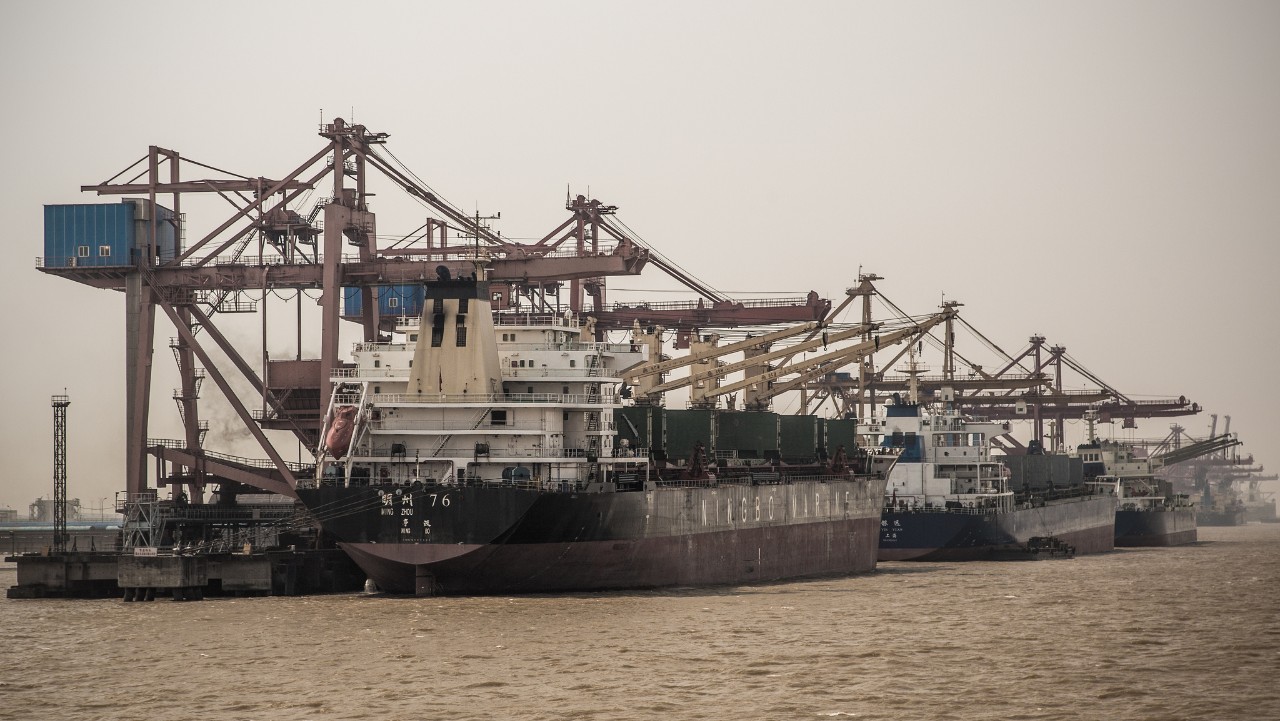No respite from rising operating costs
Rising ship operating costs threaten to curb any freight rate growth, but projected increases are tame in comparison to the peaks of 2008.
The promise of improved rates that seem to be perpetually just over the horizon might not count for much if the latest operating costs projections are anything to go by.

Moore Stephens latest vessel operating costs survey predicts a rise of 2.8% in costs by the end of this year, with a further 3.1% increase in 2016.
Unsurprisingly, crew wages top the list of high ticket items that are expected to increase this year and next. Repairs and maintenance, and drydocking costs are also set to rise.
Crew wages are expected to increase by 2.4% in 2015 and by 2.3% in 2016, while the cost of repairs and maintenance is expected to rise by 2.3% in 2015 and by 2.4% in 2016. Drydocking expenditure is predicted to increase by 2.6% and 2.3% in 2015 and 2016 respectively. Hull and machinery and P&I insurances are also expected to rise, but by no more than 2% in 2015 and 2016.
“This is what Sherlock Holmes might have described as a ‘three-pipe problem’ … it is likely to have an impact on the industry’s operating costs, and there is no accounting for that”
The offshore sector could see the largest hikes in operating costs, with increases of 3.4% for 2015, while tankers take over as the sector facing the largest cost growth in 2016 at 3.4%.
However, while any increase in costs will be a challenge for shipping sectors facing below breakeven freight rates, these projected increases are small in comparison to those from previous years.
Silver lining
Commenting on the survey, Moore Stephens shipping partner Richard Greiner said: “The predicted increases in ship operating costs for this year and next compare to an average fall in 2014 of 0.8% in operating costs across all main ship types recorded in the recent Moore Stephens OpCost report. Nevertheless, the level of increases anticipated for 2015 and 2016 are low in comparison with many we have witnessed in recent years. Shipping has seen much worse, and prevailed. For example, many of the companies which endured a 16% rise in operating costs in 2008 are still operating successfully today.”
Moore Stephens pointed to the entry into force of the Maritime Labour Convention as a key reason for why crew wages feature near the top of the predicted operating cost increases for both 2015 and 2016. “For shipping, as for every industry, investment in good people will always be money well spent,” said Mr Greiner.
The increase on repairs and maintenance expenditure is attributed in part to rising steel prices, a hoped-for improvement of the freight markets and meeting the demands of the regulatory requirements. Lubricants costs are also set to increase in 2016 on the back of recovering oil prices.
The accountant also flags up more tangential influences on operating costs that will soon make their mark. “Ratification of the Ballast Water Management Convention has seemingly stalled at the finish line. It has more than enough signatories, but still needs slightly more than an additional 2% in terms of tonnage to get itself on the books. While the ratification is tardy, nobody doubts that it will cost owners and operators a lot of money once the convention enters into force.
“This is what Sherlock Holmes might have described as a ‘three-pipe problem’ – politics, gas and competition. It is not an unusual combination in shipping. In the end, however, it is likely to have an impact on the industry’s operating costs, and there is no accounting for that,” said Mr Greiner.
Lag time
One survey respondent said that they expected costs generally to increase as charter rates creep up, although they will probably continue to lag behind the latter; charter rates at historic lows means that services providers need to remain competitive to retain business.
Another respondent commented: “Future operating costs will increase exponentially due to innumerable new regulations, the low competence of seafarers, the high bargaining power of the oil majors, stricter rules regarding maintenance and repairs carried out in ports, the advent of more sophisticated onboard machinery, and increasing consolidation in the marine equipment and services sector, resulting in more bargaining power for fewer, larger companies.”
Another respondent pointed to increased pressure on ship managers who are now required to do much more for the same management fees. Another saw no let-up in that pressure until 2017 at the earliest, when significant capital expenditure will be required for regulatory compliance.
“‘Staggering’ cost increases due to redundancy in electronic navigation and communication equipment, and increased port dues, were among other issues deemed by respondents to the survey to be likely to result in an increase in operating costs,” said the report.
Respondents listed the most significant factors to influence the level of vessel operating costs over the next 12 months as finance costs (22%), competition (22%) and crew supply (17%). These were followed by demand trends (16%), labour costs (13%), and the cost of raw materials (8%).